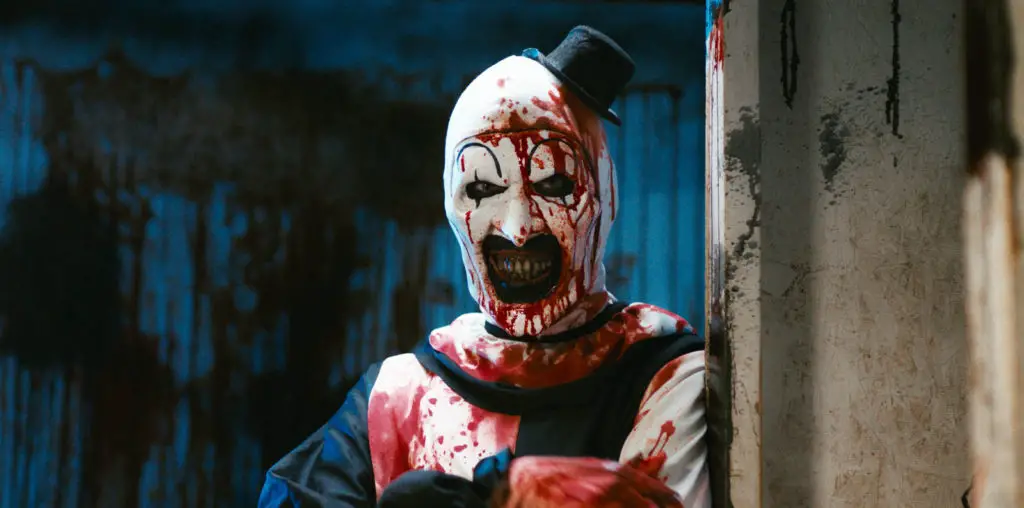
Who would ever conceptualize an American tragedy — that, believe it or not, is a musical of sorts with an ostensible anti-death-penalty message behind it — with a French actress and an Icelandic pop star in it? The answer is Lars Van Trier, the Danish director responsible for that small film a few years back about a crippled husband living out his depraved sexual fantasies by turning his wife into a w***e. If you still don’t know what I am talking about, go out and rent “Breaking the Waves” before seeing “Dancer in the Dark.”
Set in 1964 in a small town in the Pacific Northwest, “Dancer” begins as an earnestly engaging drama before it hits you with its surreal notions. Techno-waif Bjork stars as Selma, a Czech immigrant working in a tool shop who’s rapidly loosing her eyesight. Her son, Gene (Vladica Kostic) is also affected by the family disease, but it’s not too late for him; he can be helped by a costly operation. Selma scrimps and saves for her son’s procedure, though she does find time for her one vice — musicals. She’s a big Fred Astaire fan and she and her factory mate, Kathy (the ever-elegant and sensual Catherine Deneuve) steal away to matinees and partake in the local hack production of “The Sound of Music”.
Along the way, Selma’s plans for her son’s future well-being get derailed. She’s fired from her job and then is somewhat framed for the bloody killing of her cowardly landlord/town sheriff (David Morse). He had stolen the money for Gene’s procedure after confessing to Selma that he’s broke, even though his money-loving wife thinks he’s bankrolled for life.
As Selma’s vision fades, sound becomes her only light, and that’s when the film has its fun — when it takes the most somber of moments and breaks into song. As ridiculous as that may sound, especially given the gravity of the film’s context, it works amazingly well. It gives the film the same kind of texture as “Tommy” or even an Alan Parker musical (“The Wall” or “Evita”) if it had been directed by the great surrealist Jean-Luc Godard or the neo-absurdist Harmony Korine (“Julien, Donkey-Boy”). The songs are all written and performed flawlessly by Bjork. And not only can the pixie goddess sing and dance, she can also act. The film hangs on her every movement and she delivers a rousing, complex performance. So much so that she and the film rode off from the Cannes Film Festival with the highest decorations.
Much of what Van Trier does technically and conceptually is cutting edge and thus wide open to scrutiny. The film was shot digitally and transferred to film, and while the jittery hand-held quality adds an element of grit, it is also detracting when the actors are cementing a seminal moment. The musical numbers are shot in a crisper, more color-rich format that metaphorically and visually spells out the distinction between reality and fantasy. It’s interesting to witness the first time, but any dolt knows that fantasy is livelier than the washed out doldrums of reality. Then there’s the matter of the court and the American justice system. Van Trier doesn’t seem concerned — the prosecution has its way and that’s that, on to the hanging.
“Dancer” may not be thoroughly affecting on all counts, but as an overall experience it has a thoroughly effective resonance.
